If you just wrapped up your first season enjoying the beauty, color and pollinator-friendly appeal of coneflowers, you are probably looking for a way to make sure they survive the winter and come back better than ever next spring. The good news is that most coneflowers are very winter hardy in most growing zones (Zones 3-9), but there are a few overwintering tips that will help you ensure your coneflowers come back in the spring.
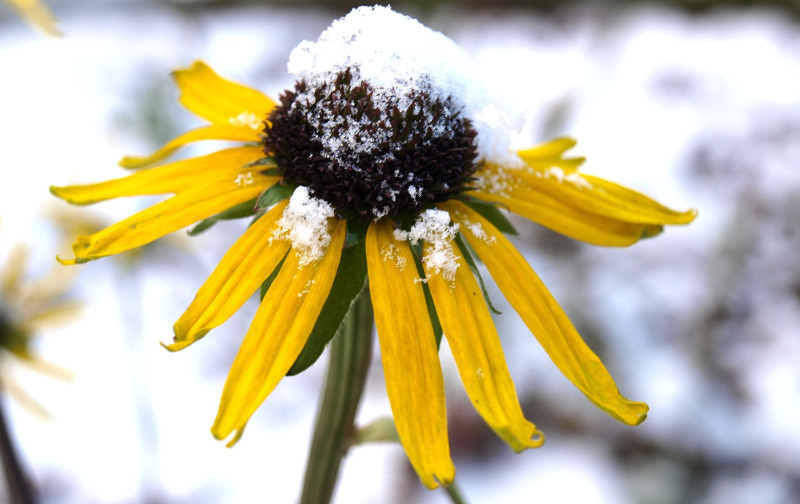
Most coneflowers do not need to be covered in winter. It’s ok for coneflowers to get covered in snow, as long as they don’t end up water-logged in the spring. The only reason why you would need to protect them in winter is if your coneflowers are best suited for a growing zone that is warmer than yours.
You also might want to consider protecting your coneflowers if they are planted in a particularly exposed part of your garden where they might experience particularly high winds and strong winter sun. However, if you have coneflowers that are well-suited for your growing zone, you are unlikely to have many issues with them surviving the winter.
If you want to learn how to ensure that your coneflowers not only survive the winter, but also thrive in the spring, read some pointers below.
Cutting Back Coneflower For Winter
Coneflowers go dormant in the winter, which means they will appear to “die back” above ground. But have no fear! The root system is alive and well beneath the soil, doing the important work of soaking up moisture and nutrients, and expanding for future growth.
Pruning coneflowers is not necessary for winter. In fact, your local birds will thank you if you leave the seed heads in place all winter long. Birds love the seeds, and need this source of nourishment throughout the winter months. Plus, the tall stems and seed heads will provide much-needed interest in your winter garden.
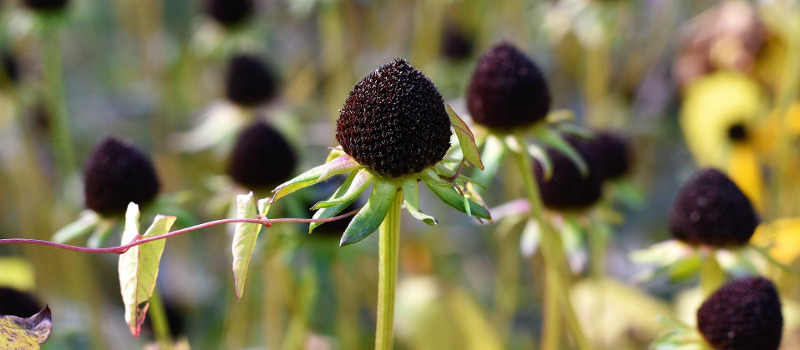
However, if you like to have a tidy garden in the winter, you can cut back your coneflowers in the fall. Cut them back 3-6” from the ground after the stems and leaves have started turning brown and dry in the fall.
You can also consider trimming a few seed heads to keep for planting seeds in the spring. Instead of cutting your coneflowers back in the winter, cut them back in the spring, when winter starts wrapping up and you start to see green in the leaves at the base of the plant.
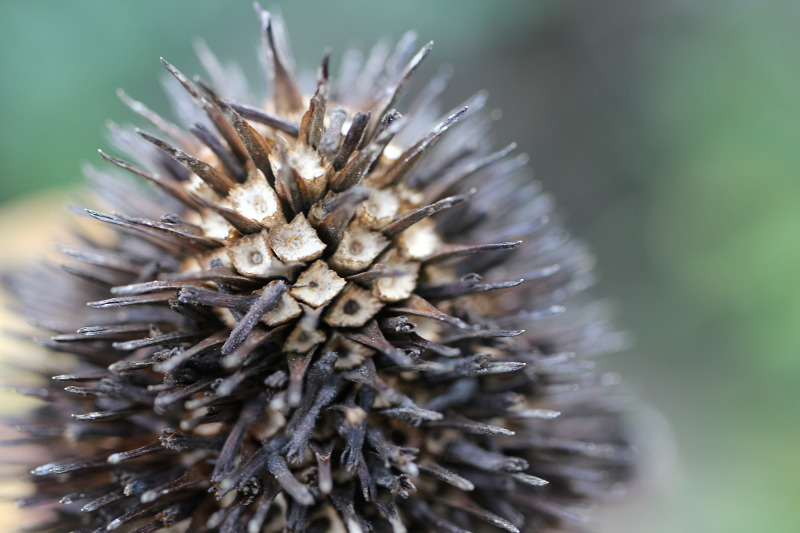
Coneflower Winter Care in Pots
Most coneflower species are winter-hardy in pots down to USDA Zone 5. IF you have planters with coneflowers in them and live in a USDA growing zone between 9 and 5, you should be able to take great care of your potted coneflowers over the winter. Fertilize your coneflower containers with a balanced fertilizer, and place it in full sun. Be sure to continue watering it when it gets fully dry. If you are worried about a particularly cold winter, you can protect the coneflower by mounding mulch on top of it.
Watering Coneflower in Winter
Coneflowers are winter hardy, drought-tolerant plants. Watering a coneflower that’s planted in the ground over the winter is only necessary if you are having a particularly dry winter. Otherwise, no additional water is necessary.
Watering potted coneflower in the winter, however, is usually necessary. Containers and planter boxes dry out much quicker than the ground in the winter months, so water your potted coneflower lightly every other week if the top few inches of the soil are dry to the touch. Remember that coneflowers don’t like to “have their feet wet,” so be sure not to overwater or let the soil get soggy.
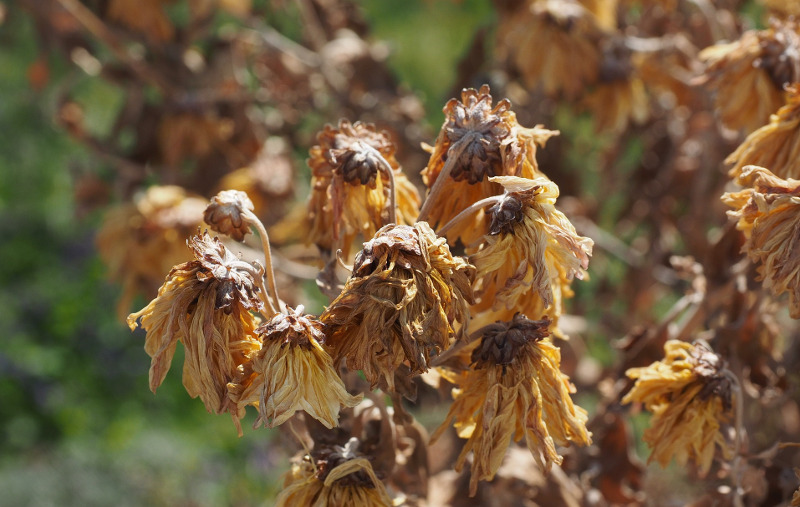
Growing Coneflowers Indoors
We do not recommend bringing your coneflower containers indoors over the winter because they are simply too big to be grown indoors. Coneflowers are better enjoyed as outdoor perennials because they need a lot of space, and are sure to come back every spring. However, if you have young coneflowers growing indoors that you’d like to keep growing over the winter, be sure to keep them warm, in a sunny location, and lightly watered to encourage strong growth until you can plant them outside in the spring.
Steps To Care For Coneflowers in Winter
Coneflowers are some of the hardiest perennials out there, so winter care is usually a cinch! Other than cutting them back in the fall or spring, all you have to do is watch them come back to life in the summer.
- Choose whether you will cut your coneflowers back in the fall or the spring. Either approach works, but leaving them up in winter provides seeds for local birds.
- If you choose to trim your coneflowers in the fall, cut them back 3-6” from the ground
- Only water your in-ground coneflowers if you experience an unusually dry winter. Water potted coneflowers lightly every other week, or when the top few inches of soil are dry to the touch.
- If you leave your coneflowers up over the winter, cut them back 3-6” from the ground in early spring.
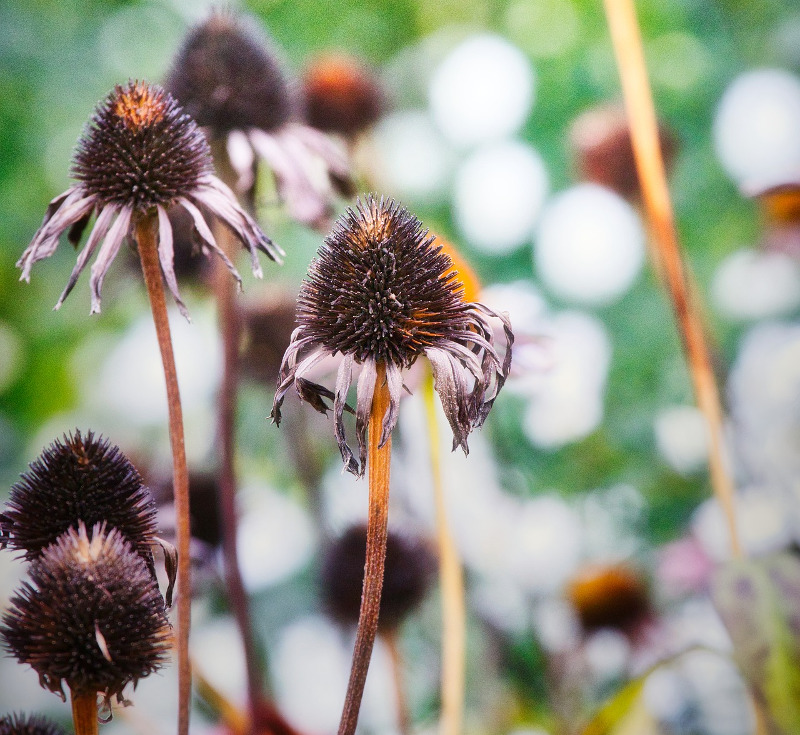
 |
Emily Reeves - Published 11-06-2020 |
